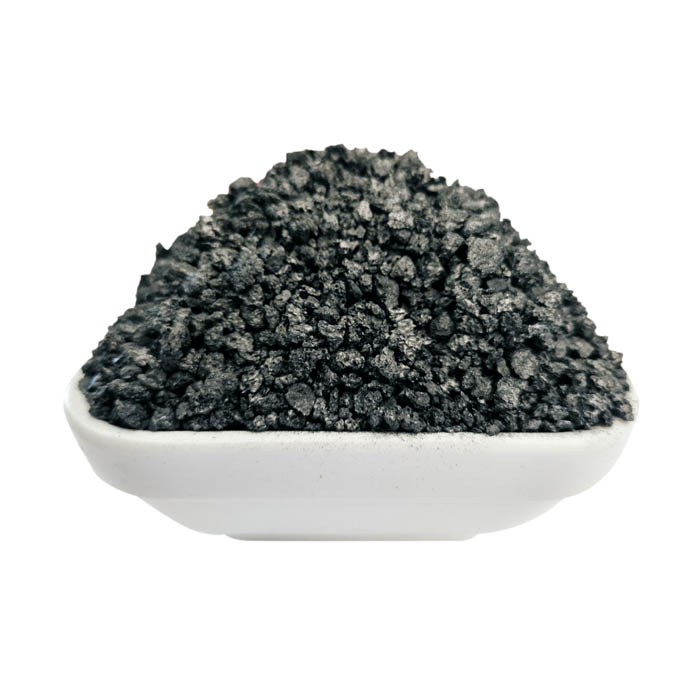Oct . 12, 2024 03:30 Back to list
metal casting metallurgy
Understanding Metal Casting Metallurgy
Metal casting metallurgy is a crucial field in materials science that focuses on the processes and techniques used to shape metal into desired forms via liquid metal. This transformative process plays a vital role in manufacturing, as it allows for the creation of complex geometries that would be difficult or impossible to achieve with traditional machining methods. The metallurgy of casting encompasses a wide array of materials, techniques, and considerations, making it an intriguing subject for engineers and metallurgists alike.
The process of metal casting begins with melting metal, which can be done using various methods, such as induction furnaces, electric arc furnaces, or crucibles. The choice of melting technique often depends on the type of metal being used and the specific requirements of the casting. Common metals used in casting include aluminum, iron, brass, and bronze, each possessing unique properties that influence the casting process and the final product.
Once the metal is in a molten state, it is poured into a mold, which can be made of various materials, including sand, metal, or ceramic. The mold is designed to shape the molten metal into the desired form. There are several types of casting methods, including sand casting, investment casting, die casting, and lost foam casting, each with its advantages and ideal applications. For instance, sand casting is known for its versatility and cost-effectiveness, making it suitable for large-scale production, while investment casting offers high precision and is often used for intricate components.
metal casting metallurgy

The cooling process is another critical aspect of metal casting metallurgy. As the molten metal cools and solidifies, it undergoes various transformations that affect its microstructure, mechanical properties, and overall performance. The rate of cooling can significantly influence these characteristics; rapid cooling may result in a harder and more brittle material, while slower cooling can promote ductility and toughness. Thus, controlling the cooling rate during casting is essential for achieving the desired material properties.
The metallurgy involved in casting also extends to the use of alloying elements. By adding specific elements to the base metal, metallurgists can tailor the material to meet certain specifications. For example, adding silicon to aluminum improves its fluidity, making it easier to cast intricate shapes. Similarly, the addition of carbon to iron creates different grades of cast iron, each with distinct mechanical properties suitable for various applications.
Defects and imperfections are a common concern in metal casting and can arise from several factors, including mold design, pouring temperature, and cooling rate. Issues such as porosity, shrinkage, and hot tears can compromise the integrity of the final product. Advanced techniques, such as computer modeling and simulation, have been developed to predict and mitigate these defects, allowing for more efficient and effective casting processes.
In conclusion, metal casting metallurgy is a multifaceted discipline that integrates the principles of materials science, thermodynamics, and engineering to facilitate the production of metal components. Its importance in manufacturing cannot be overstated, as it enables the creation of complex shapes with tailored properties across a wide range of industries. From automotive parts to aerospace components, understanding the intricacies of metal casting processes and metallurgy is essential for developing high-quality, reliable products in today's advanced manufacturing landscape.
-
Fe-C Composite Pellets for BOF: Enhance Steelmaking Efficiency
NewsAug.07,2025
-
Eco-Friendly Granule Covering Agent | Dust & Caking Control
NewsAug.06,2025
-
Fe-C Composite Pellets for BOF: High-Efficiency & Cost-Saving
NewsAug.05,2025
-
Premium Tundish Covering Agents Exporters | High Purity
NewsAug.04,2025
-
Fe-C Composite Pellets for BOF | Efficient & Economical
NewsAug.03,2025
-
Top Tundish Covering Agent Exporters | Premium Quality Solutions
NewsAug.02,2025
